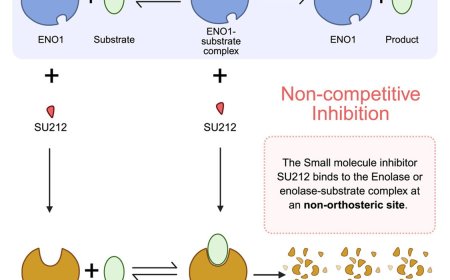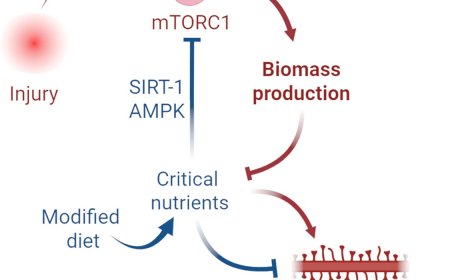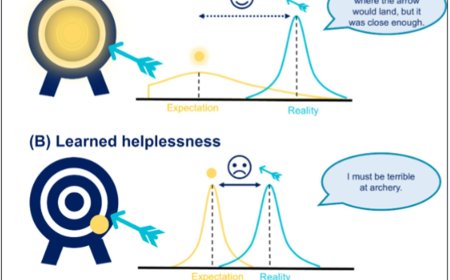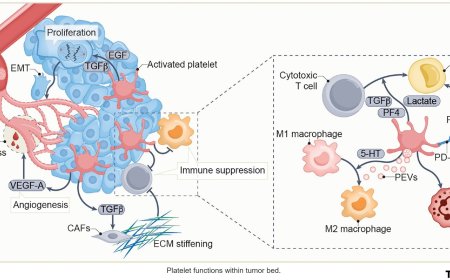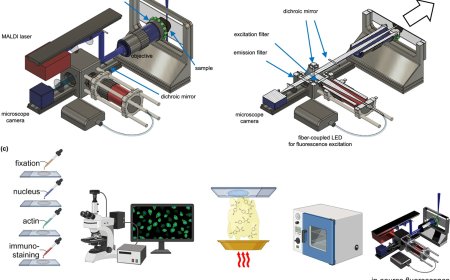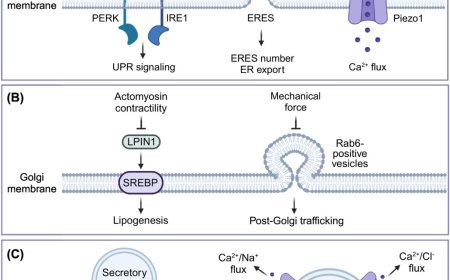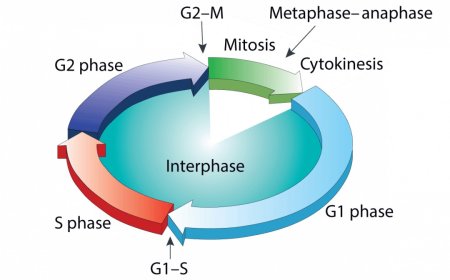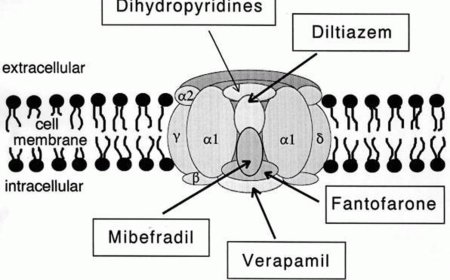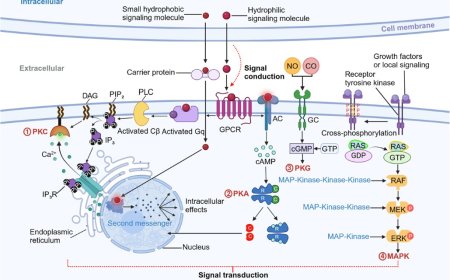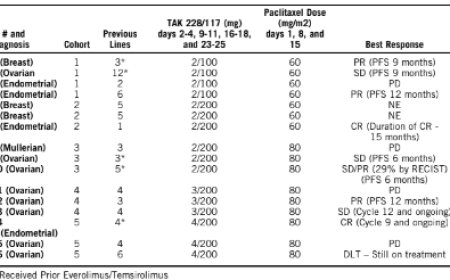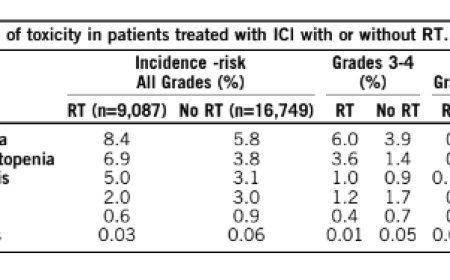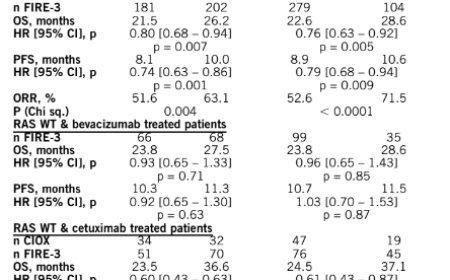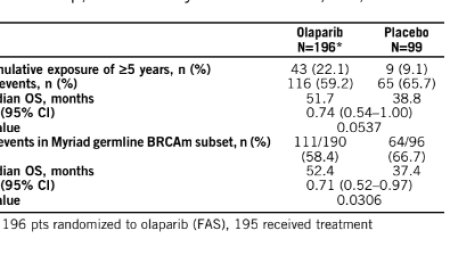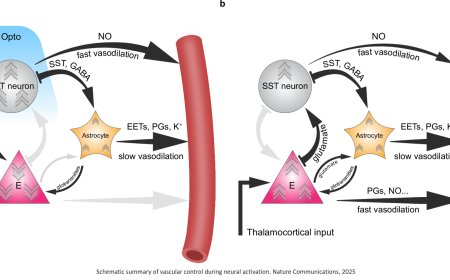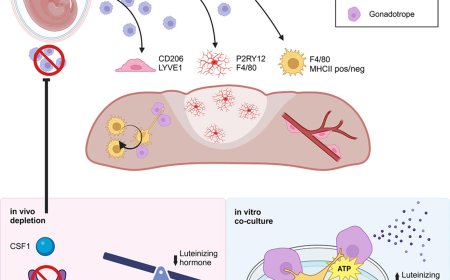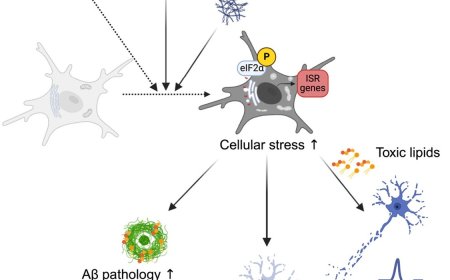Region-specific astrogenesis in the white matter

Astrocytes, known for their crucial role in supporting neurons and maintaining brain health, have been predominantly studied in gray matter (GM), which is involved in information processing. However, white matter astrocytes, which support long-range neural connections, remain poorly understood. This study fills a major knowledge gap by showing that WM astrocytes are not a uniform population but consist of distinct subtypes with specialized roles.
“Our findings challenge the traditional view that white matter astrocytes are a homogeneous population,” says the author. “Instead, we see clear evidence of specialized subtypes, including one with significant proliferative capacity, which could be harnessed for brain repair.”
“As we have shown previously that proliferating astrocytes can be harnessed for repair, we are very excited to find these even in the WM of healthy brains,” adds another author.
The study identified two distinct types of cortical white matter astrocytes. One is more widely distributed throughout the brain and has been evolutionarily conserved, probably being involved in supporting nerve fibers, facilitating cell communication, and regulating metabolism. The other is a highly specialized subtype found primarily in the cortical white matter. This subtype has a remarkable ability to proliferate and is influenced by specific pathways involving interactions with other brain cells.
Notably, the researchers discovered that some of these proliferating astrocytes can migrate from the white matter into the gray matter. This suggests that certain white matter regions may serve as a hidden reservoir for generating new astrocytes, potentially contributing to brain maintenance.
The discovery of proliferative astrocytes in the WM raises possibilities for regenerative medicine. By understanding the mechanisms that regulate astrocyte proliferation, researchers could develop new therapies for brain injuries and neurodegenerative diseases such as multiple sclerosis, where WM integrity is compromised.
“This study opens up exciting possibilities for regenerative medicine”, says the first author of the study. “The discovery of proliferative astrocytes in the WM unveils exciting opportunities, particularly in conditions involving WM damage or degeneration.”
